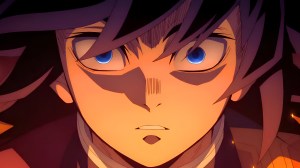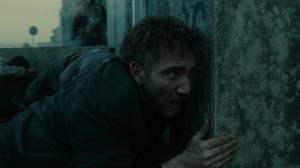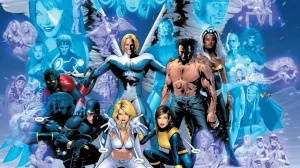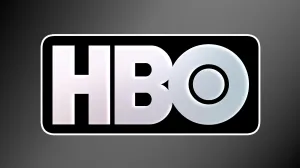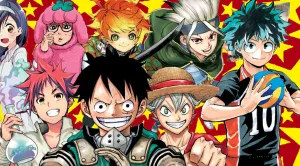The Super Smash Bros. series has felt like the greatest celebration of gaming, especially after Super Smash Bros. Brawl introduced third-party characters like Metal Gear’s Solid Snake and Sonic the Hedgehog. This isn’t the only reason why Brawl remains one of the best games in the series, as it introduced the best feature in any of the games, one that has not been matched in any game that came after it. Not even Super Smash Bros. Ultimate can compare to its Wii predecessor, and many consider this the best Smash game of all time.
Videos by ComicBook.com
Once upon a time, Smash wasn’t just a thrilling and chaotic multiplayer game. It had a heart, one that brought its large roster together: the Subspace Emissary. Brawl’s single-player campaign mode has soul, a story, and a sense of discovery I had never experienced before. As a long-time Nintendo fan, seeing my favorite characters interact like never before was groundbreaking, and I’ve been disappointed in every Smash game’s single-player content since.
Brawl’s Subspace Emissary Gave Smash a Soul
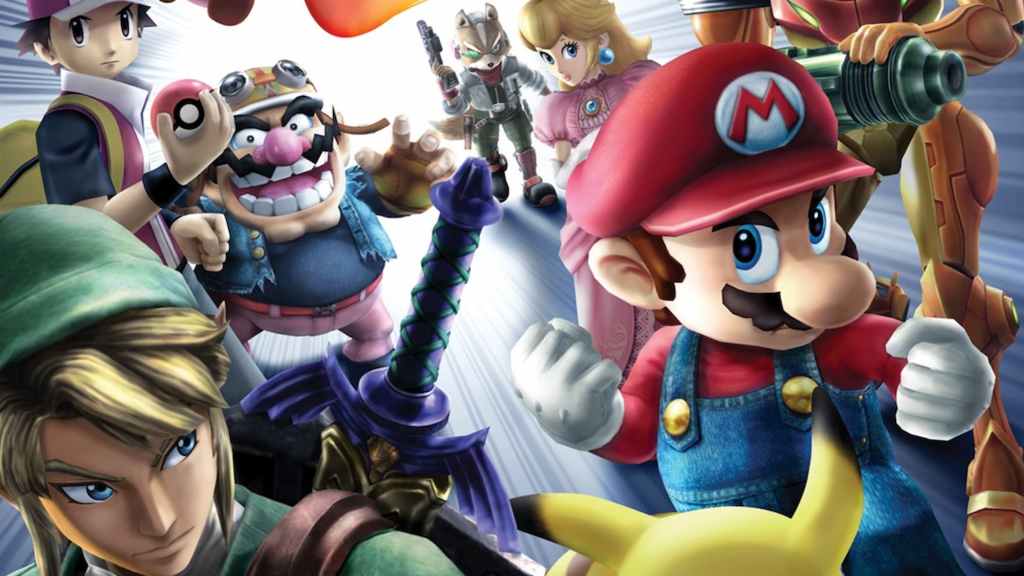
I had no idea how much I would love the Subspace Emissary when Super Smash Bros. Brawl launched on the Wii in 2008. A full-blown story mode had never been seen in the series. I was only used to Classic and Adventure modes, something I barely touched. But when Brawl introduced a sprawling campaign that combined platforming, boss fights, cinematic storytelling, and a surprisingly emotional narrative, I knew this game would be special.
The best part of the Subspace Emissary wasn’t the combat, but the interactions between iconic characters. Seeing Mario and Kirby team up, Link crossing swords with Mario, or Samus fighting side-by-side with Pikachu felt like something I would have dreamed up as a child. It was magical, the kind of crossover that is nearly impossible to replicate. For the first time, Smash felt like more than a collection of icons. It felt like a living, breathing smash-up of universes.
Then there was the structure—its interconnected world map and mysterious villain brought a sense of purpose to the game. No longer was Smash about getting your friends together to battle for bragging rights. Instead, it was a quest to save the Nintendo multiverse itself. The star-studded cast of characters and orchestral score gave the series its greatest mode, and to this day, it has a special place in my heart.
Smash’s Single-Player Content Hasn’t Felt Epic Since the Wii

After Super Smash Bros. Brawl, I found myself looking forward to the single-player content for the first time. I eagerly anticipated the launch of Super Smash Bros. for 3DS and Wii U, looking forward to a faster, tighter, and more content-filled version of the Subspace Emissary. But when I booted it up for the first time, I quickly discovered the soul of Smash was gone. There was no Subspace Emissary, just Smash Run, Smash Tour, and other returning modes. There was no cohesive narrative, just a series of battles with new twists.
Then Super Smash Bros. Ultimate teased the World of Light, and I thought the heart and soul had returned to the series. It had the scale, but the cinematic and emotional resonance of the Subspace Emissary wasn’t there. The story was told through still images and stickers rather than cutscenes and character-driven moments. It felt mechanical, something Nintendo felt it had to include rather than something fans wanted.
Super Smash Bros. Brawl left a hole in the series that no game that has come after it has been able to fill. It made unlocking the characters a journey rather than a task. It showed the interactions fans would never see anywhere between characters from different universes. The Subspace Emissary was full of unexpected moments that carried a weight that shone through even without voice acting. This is what the series is missing.
Ultimate’s Roster Could Have Had the Best Campaign Mode
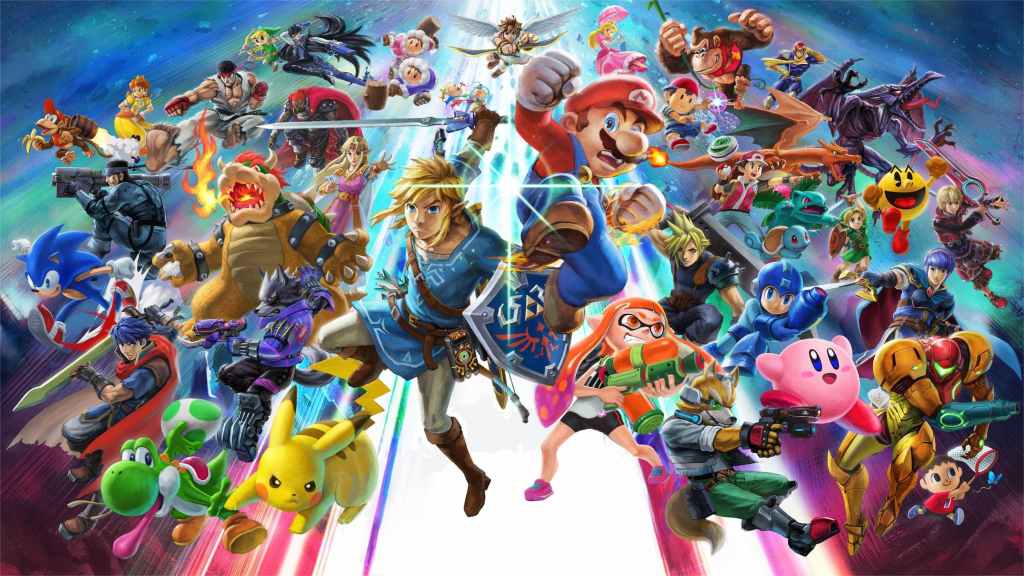
character reveal trailersThe most stinging part of this loss is the roster in Super Smash Bros. Ultimate. It has the greatest roster in video history, featuring a cast of characters comprised of the most recognizable faces in gaming. But sadly, the slogan “Everyone is here” does not include the Subspace Emissary, but just imagine how incredible this game mode would have been and the storytelling potential if Nintendo had included it. The interactions would have been legendary.
A scene where Cloud and Link battle, only to join forces to fight Sephiroth and Ganondorf. Mario and Sonic are settling what many consider to be the biggest rivalry in gaming. Three of the biggest names in fighting games clash as Ryu, Terry, and Kazuya duke it out. These are just some of the possible interactions Nintendo could have included, and they don’t even scratch the surface of the epic possibilities. The cinematic reveal trailers for fighters gave a tease of what could have been if a similar campaign had been added.
A true campaign mode could have given Ultimate and the series an identity beyond its competitive aspects. The sheer creativity from the Subspace Emissary couldn’t begin to compare to the potential a similar mode would have had on the Nintendo Switch. And considering the status of Ultimate and Sakurai’s priorities, it remains to be seen if and when we’ll get another Smash, or whether the full cast returns (though some characters would be fine to not return).
The main appeal of the Smash series may be the multiplayer battles, but fighting game fans enjoy single-player content as well. The Subspace Emissary brought these together and created one of the most incredible experiences in Smash history. It saw worlds collide; no other game in the series has done so, and I highly doubt any Smash game can match it.
What do you think? Leave a comment below and join the conversation now in the ComicBook Forum!


